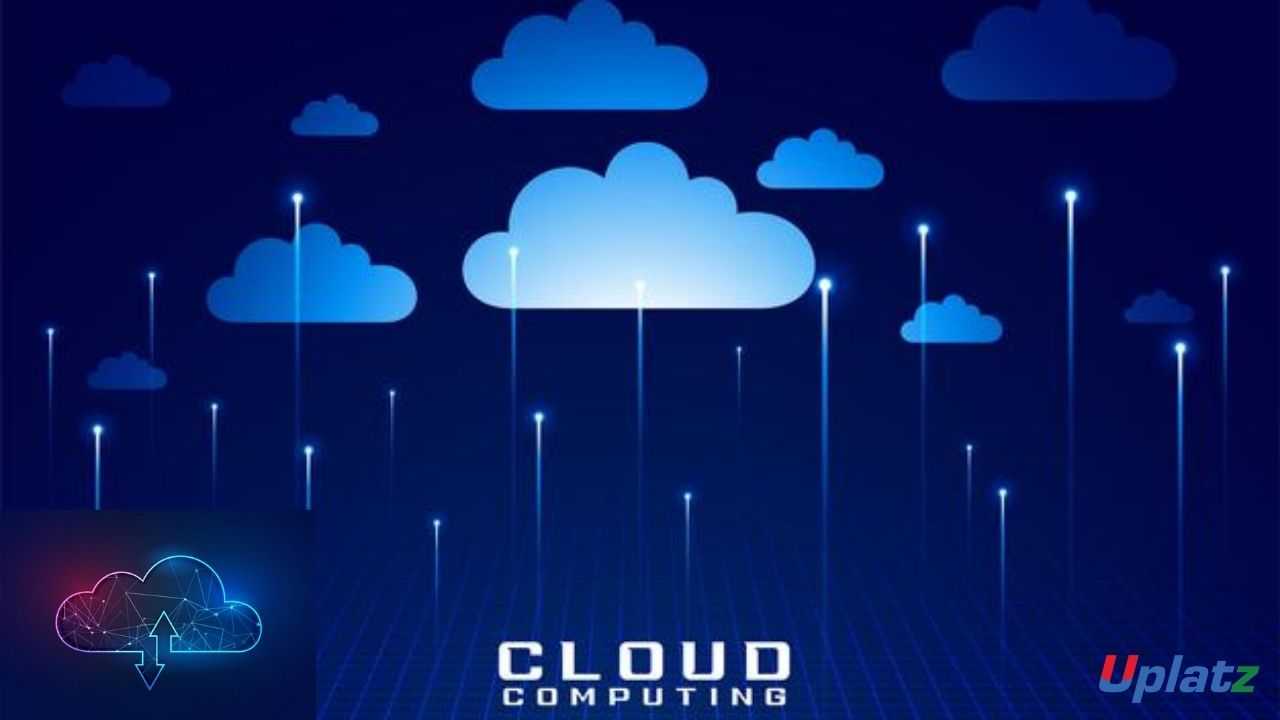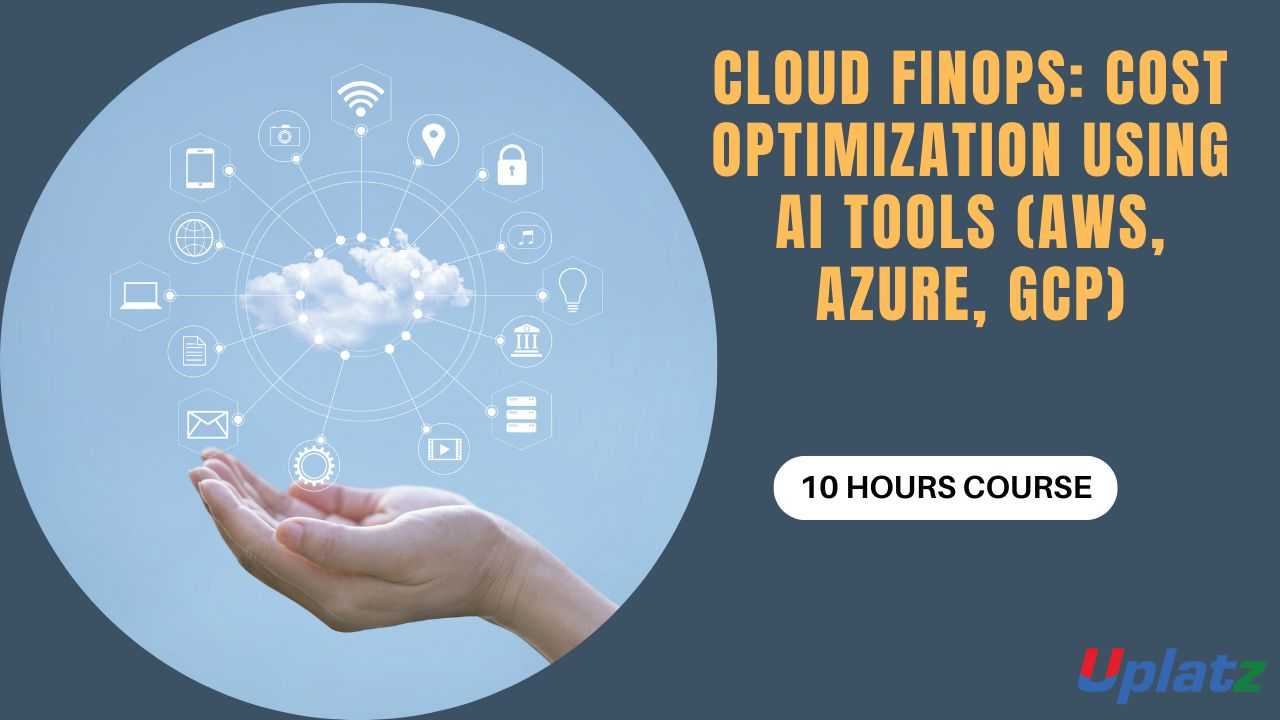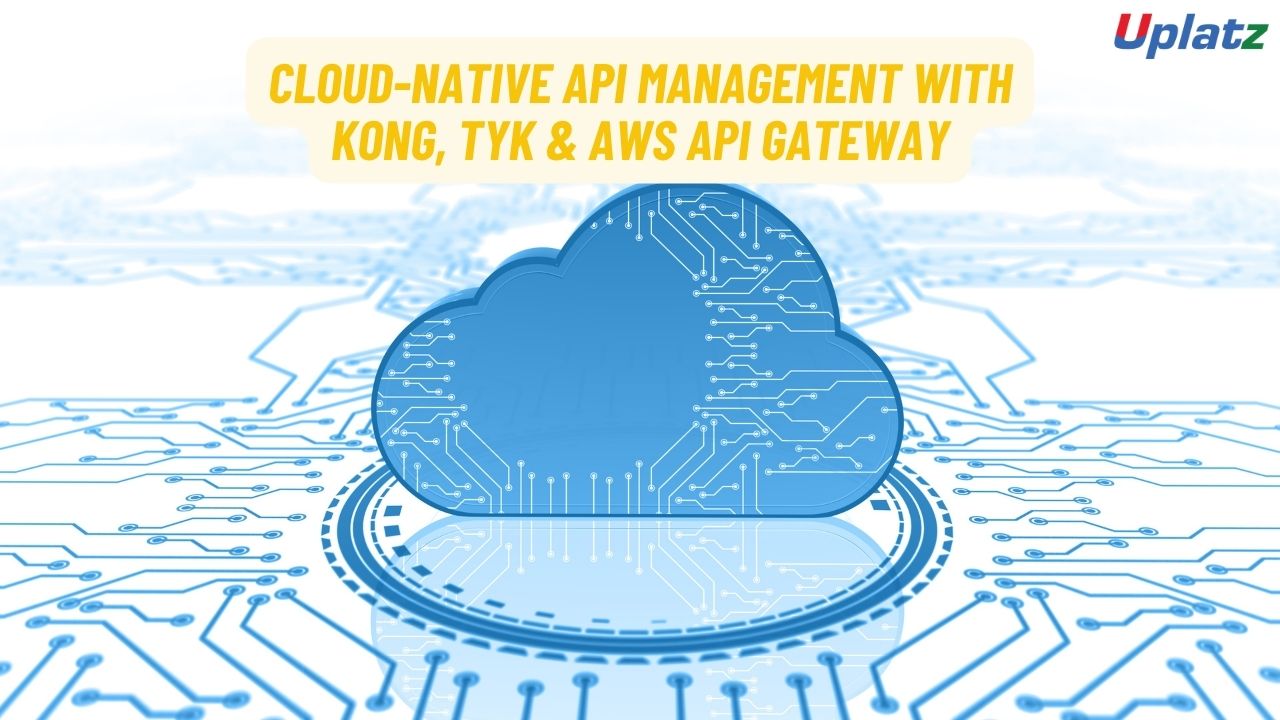Observability and Telemetry
Learn to monitor, measure, and troubleshoot modern applications using telemetry data and observability best practices.Preview Observability and Telemetry course
Price Match Guarantee Full Lifetime Access Access on any Device Technical Support Secure Checkout Course Completion Certificate 93% Started a new career
BUY THIS COURSE (
93% Started a new career
BUY THIS COURSE (GBP 12 GBP 29 )-
 85% Got a pay increase and promotion
85% Got a pay increase and promotion
Students also bought -
-

- Cloud Computing Basics
- 15 Hours
- GBP 12
- 89 Learners
-

- Cloud FinOps: Cost Optimization using AI Tools (AWS, Azure, GCP)
- 10 Hours
- GBP 12
- 10 Learners
-

- Cloud-Native API Management with Kong, Tyk & AWS API Gateway
- 10 Hours
- GBP 12
- 10 Learners

-
Clear understanding of observability principles and telemetry data
-
Hands-on experience with tools like Prometheus, Grafana, and Jaeger
-
Ability to collect, visualize, and analyze metrics, logs, and traces
-
Skills to troubleshoot performance issues in distributed systems
-
Site Reliability Engineers (SREs)
-
DevOps and Platform Engineers
-
Backend Developers and Cloud Architects
-
QA and Incident Response Teams
-
Anyone building or maintaining microservices and distributed systems
-
Begin by understanding observability fundamentals and use cases
-
Instrument your own applications with telemetry libraries
-
Set up end-to-end observability stacks using open-source tools
-
Use real-world failure scenarios to simulate debugging and alerting
-
Apply learned concepts to optimize system performance and uptime
-
Complete the final project to demonstrate observability planning and implementation
Course/Topic 1 - Coming Soon
-
The videos for this course are being recorded freshly and should be available in a few days. Please contact info@uplatz.com to know the exact date of the release of this course.
By the end of this course, you will be able to:
-
Define observability and explain its importance in modern systems
-
Collect and analyze telemetry data: metrics, logs, and traces
-
Instrument applications with OpenTelemetry SDKs
-
Build dashboards and alerts using Prometheus and Grafana
-
Trace transactions across microservices using Jaeger or Zipkin
-
Monitor logs using Loki or ELK stack
-
Apply observability to real-world incident response and performance tuning
Course Syllabus
Module 1: Introduction to Observability
-
What is observability?
-
Observability vs. monitoring
-
Telemetry types: metrics, logs, traces
Module 2: Metrics Collection and Monitoring
-
Setting up Prometheus
-
Exporters and time-series metrics
-
Grafana for visualization and dashboards
Module 3: Log Aggregation and Analysis
-
Structured vs. unstructured logs
-
Loki setup and queries with LogQL
-
Using Elastic Stack (ELK) for advanced log management
Module 4: Distributed Tracing
-
Introduction to tracing and span concepts
-
OpenTelemetry and Jaeger integration
-
End-to-end transaction tracking
Module 5: Instrumentation with OpenTelemetry
-
SDKs for Python, Node.js, Java
-
Manual vs. automatic instrumentation
-
Custom metrics and trace propagation
Module 6: Alerting and Incident Response
-
Creating meaningful alerts
-
Avoiding alert fatigue
-
Incident tracking with Alertmanager and integrations
Module 7: Observability for Microservices and Kubernetes
-
Monitoring containerized apps
-
Kubernetes-native observability tools
-
Service meshes and tracing (e.g., Istio + Kiali)
Module 8: Final Project
-
Implement full observability stack for a sample app
-
Simulate failure, observe patterns, create remediation plan
-
Present metrics, traces, and logs analysis
This course prepares you for roles such as:
-
Site Reliability Engineer (SRE)
-
Observability Engineer
-
DevOps and Infrastructure Engineer
-
Cloud Monitoring Specialist
-
Platform Reliability Consultant
-
What is observability, and how is it different from monitoring?
-
What are the three pillars of observability?
-
How do metrics, logs, and traces complement each other?
-
What is OpenTelemetry and why is it important?
-
How does Prometheus collect and store metrics?
-
What is the role of Grafana in observability workflows?
-
How do you implement distributed tracing with Jaeger?
-
What are some common issues in alerting systems and how do you avoid them?
-
How can observability help with root cause analysis in microservices?
-
What tools would you use to implement observability in a Kubernetes environment?









